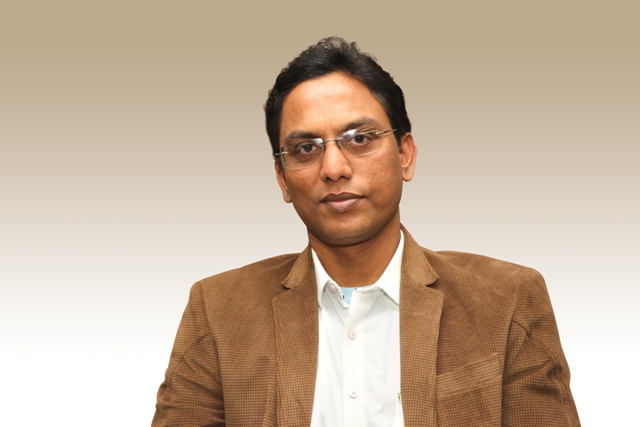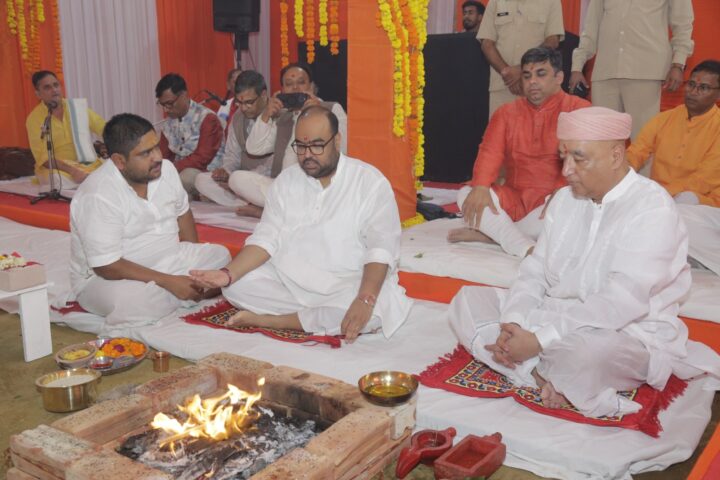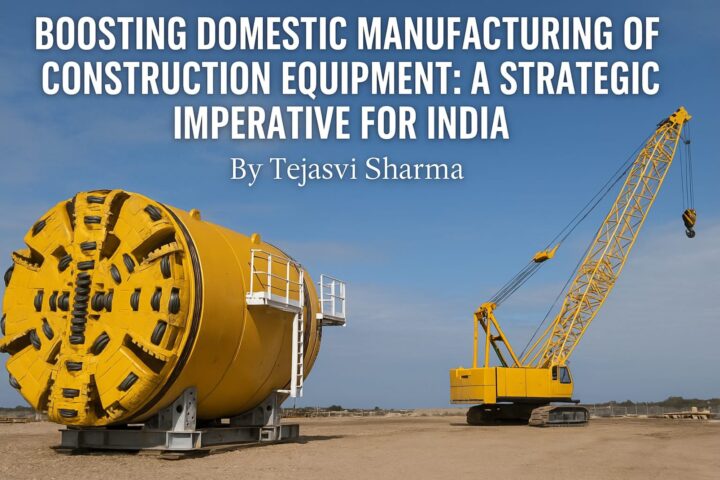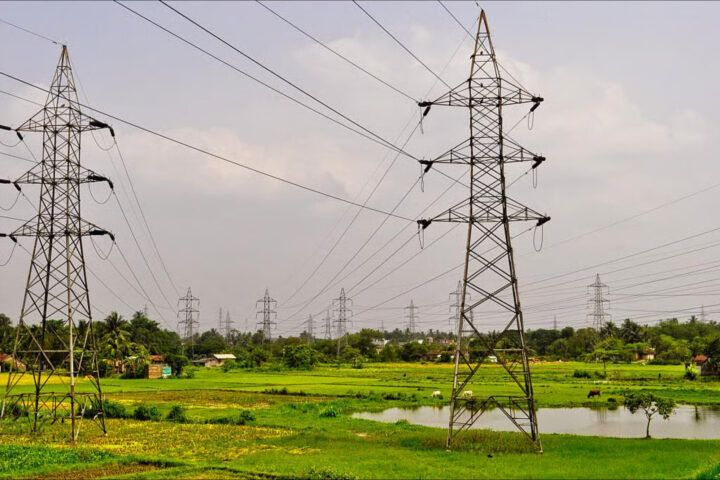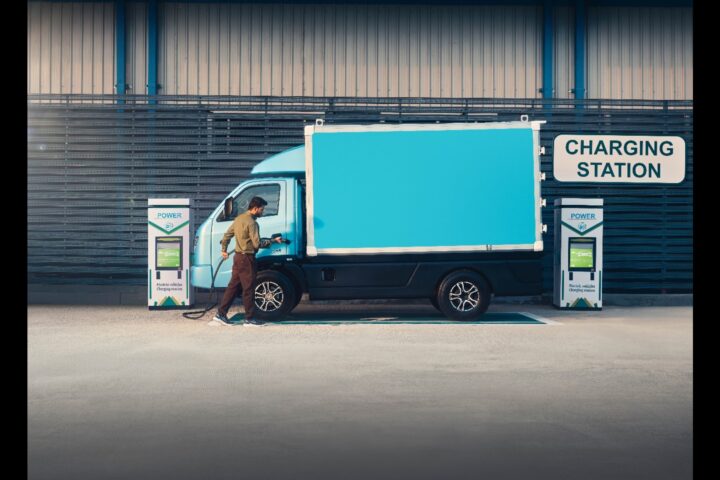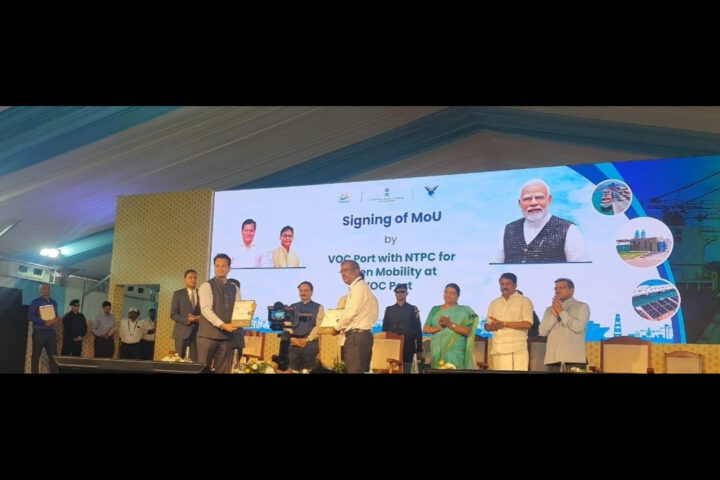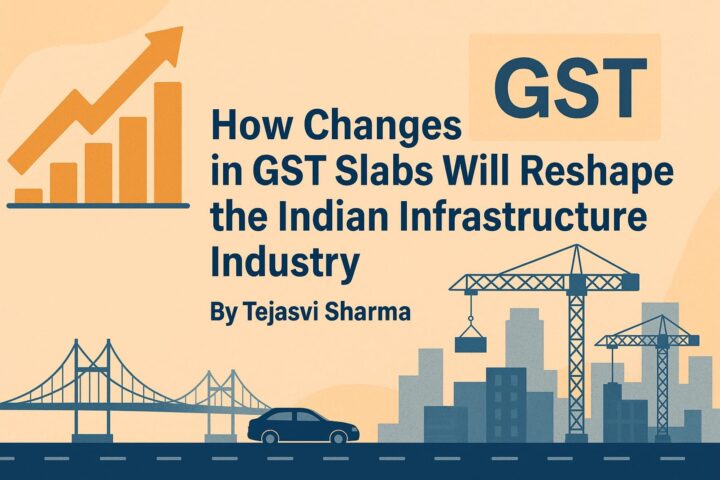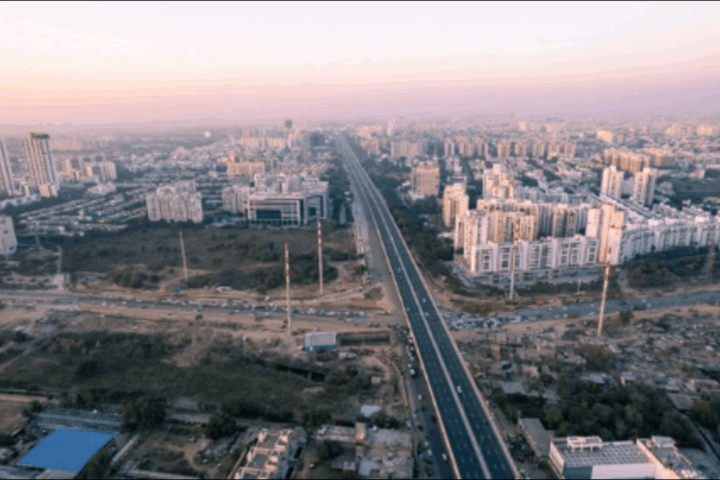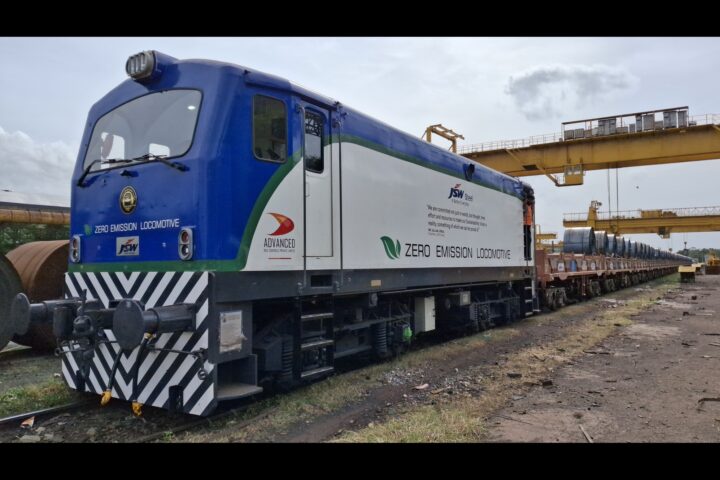How is the cement industry in India shaping up?
From a cement demand point of view, the industry is shaping up well. What we are expecting and what the overall general industry is expecting, according to ICRA as well, is that the all-India cement demand is expected to grow by around 12 per cent. The growth of 12 per cent is also taking into account the low base of the last year.
Being a leading player, what is your Outlook for the cement industry for the year 2022?
We definitely foresee the cement capacity to go up. The per capita consumption of cement in India is still quite low and almost half of the world average. Since GDP would be growing and the government is also targeting $5 trillion economy by 2030. This would benefit the cement sector in a big way. And on the back of a good cement demand outlook, we believe that the cement companies should add more capacity wherever they have limestone mines. We expect 4-5% capacity addition over the next few years.
We also expect cleaner and greener manufacturing practices being deployed in the cement and construction sectors in 2022, reducing the use of coal and lowering the industry’s overall carbon footprint. These include renewable energies, carbon capture systems, mineralization of wastes into usable raw materials and carbon lock-in from flue gases. Other emerging innovations include 3D concrete printing or modular precast construction and AI-enabled tools or robots. On the infrastructure front, some EPC models developing and a PPP model (public private partnership model), such as SMART city projects will lead to faster utilization of next generation tools and integrated new workforce typology.
Which are the growth drivers you feel will propel the cement sector in 2022?
There are various factors that will propel the cement sector in 2022 as well as the next few years after. These include an increase in demand from construction, green cement, urbanization and the agenda for smart cities. But depleting fossil fuel reserves and higher power consumption could hamper growth. We see environmental, market and technological growth boosters such as innovative solutions, sustainable development through the use of alternative fuels and advancements in the cement production process and rural development in developing regions as possible solutions towards meeting demand for cement in a clean and green way.
How is Dalmia Cement (Bharat) going to leverage on these growth drivers?
We plan on expanding and maximising the use of supplementary cementitious materials and the identification of alternative supplementary cementitious materials. For this our dedicated R&D team is continuously working to grow the use of supplementary cement materials and related binder technologies. Our R&D strategies continuously facilitate the transfer of these emerging and next-generation materials and technologies from the research arena into final industrial implementation. Other enablers in our sustainability journey included the co-processing and use of hazardous and non-hazardous industrial and municipal wastes of alternative fuels which we called Green fuel in cement manufacture in order to reduce dependence on fossil fuel. We are already taking the initiative by creating and following the “Grey to Green roadmap for carbon negative transition”. Our mantra is, ‘clean and green is profitable and sustainable'. The main pillars for our sustainability success in a phased manner will be usage of 100% renewable power under fossil free electricity initiative by 2030 (RE 100); Double energy productivity by 2030 (EP 100); Use of renewable biomass, hazardous waste, hydrogen and Municipal Solid Waste to fully replace fossil fuel by 2035, and Carbon Capture and Utilization (CCU) to make value added products; Carbon Sequestration and adoption of other advanced green technologies by 2040.
The industry is moving towards manufacturing green cement to reduce greenhouse gas emission. Towards this, what are the initiatives Dalmia Cement (Bharat) is taking?
We are committed to the use of 100 per cent renewable energy to run cement plants by 2030. In this case, 70 per cent would come from solar and wind energy and 30 per cent from waste heat recovery of the production process. In this regard, we are ramping up both solar and waste heat recovery captive power generation capacity. Additionally, we have already undertaken the adoption of electric vehicles and are on track towards a significant transition by 2030. We are also increasing the use of biodiesel in a phased manner in our on-site vehicles and equipment to reduce the GHG emissions from liquid fossil fuel usage.
Coal is a depleting resource and a major source of greenhouse gas emission. What are the alternative fuels you are using for cement manufacturing?
We are using green fuels which are industrial wastes, renewable biomass, and municipal waste. We have already replaced 15 per cent heat from fossil fuels, and by 2025, we have a goal to reach 35 per cent Thermal Substitution rate (TSR) at group level. We have also commissioned chlorine bypass at one of our plants. While we are proud of this achievement, we are committed to reach 100 per cent by 2035 but the challenge here is to turn the CO2 – produced in the process of making cement – into a productive material. Thus, we conceived innovative technology solutions to capture CO2. We are exploring the possibility of capturing the CO2 and using it in a purposeful way. This is still a nascent technology, but as a first step, we have completed the feasibility study of a large-scale carbon capture and utlisation (CCU) plant in India and proved that it is technologically and economically viable with green finance. We are confident of its potential for our industry and others, including the power sector. We are also planning partial replacement of clinker to reduce greenhouse gas emissions. Process emissions can also be addressed through partial replacement of Clinker by using waste from other industries such as steel and thermal power plants which would also promote the circular economy.
The Pandemic has battered almost all the industries, cement industry being one of them. What are the tweaks require in government policies and regulations to propel the cement sector?
The government is already targeting capex flow to support the economy. The Central government is also supporting state governments who were short of funds for Covid measures, so now those funds are getting distributed to various state governments which will help rural demand. For the cement sector, rural demand is also important which is expected to go up and in totality in the next six months to one year should be good for the cement demand as GDP too is expected to grow. If GDP grows then cement will also grow.
Lastly, what are your growth plans for Dalmia Cement (Bharat) for the next three years?
Over the next two years, we are looking at adding new capacity in Tamil Nadu, Bihar, Bokaro and also undertake debottlenecking across most of our existing plants which will take the capacity to 48.5mnt. For this, the company is looking at spending around 9000 to 10,000 crores over the next couple of years for expanding the capacity and the same would be funded mainly through internal accruals and balance through debt.


